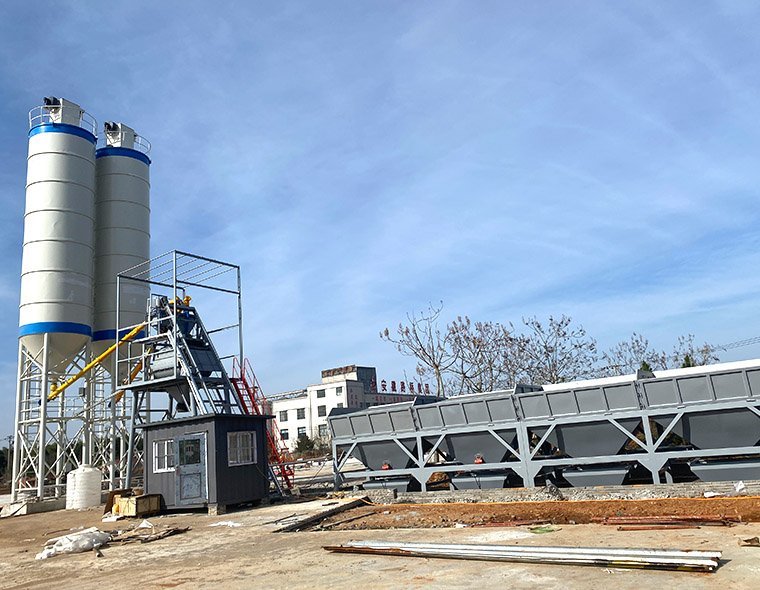The Past Glory and Present Reflections of Traditional Concrete Batching Plants
Release Time:
2025-09-10
Source:
In the long-term development of the construction industry, concrete batching plants, especially traditional models, have written a glorious chapter in history. Looking back, in early construction projects, concrete mixing relied heavily on manual labor or simple equipment, resulting in extremely low efficiency and unguaranteed quality. With the surging wave of urbanization, the demand for concrete in large-scale infrastructure construction skyrocketed. Traditional concrete batching plants emerged as the times required, completely changing this situation.
Traditional batching plants adopt a centralized mixing mode, accurately proportioning raw materials such as cement, sand, gravel, and admixtures to efficiently produce concrete. This innovative approach significantly reduced labor input, improved production efficiency, and provided a steady supply of high-quality concrete for construction projects. In many national large-scale construction projects, such as the Three Gorges Dam and the Qinghai-Tibet Railway, traditional batching plants operated around the clock, ensuring the timely progress of key project milestones and becoming the mainstay driving national construction. In the 1970s, China's first commercial concrete batching plant, the HZZ50 model, made its debut, marking the beginning of the journey for domestic batching plants to replace imports and achieve full localization. Since then, China's concrete batching plant industry has developed vigorously, gaining a firm foothold in the domestic market and gradually expanding into the international market.

However, at present, the former glory of traditional concrete batching plants has quietly faded. In terms of market competition, the construction market has gradually become saturated, while the number of batching plants has grown excessively. In the scramble for limited orders, enterprises have fallen into fierce price wars, severely compressing profit margins. In some regions, the number of batching plants far exceeds actual demand, with capacity utilization rates below 50%, and many small-scale batching plants even face the crisis of closure. In addition, traditional batching plants also have many shortcomings in production efficiency, product quality control, and response to fluctuations in raw material prices.
Environmental pressures have made traditional concrete batching plants even more struggling. A large amount of dust generated during production drifts freely into the surrounding environment, seriously affecting air quality; the roaring noise disturbs the daily life of nearby residents; and improperly treated wastewater discharge pollutes soil and water bodies. To meet increasingly stringent environmental standards, batching plants need to invest huge sums of money in the purchase and upgrading of environmental protection equipment, which undoubtedly imposes a heavy burden on enterprises.
In today's era of rapid technological development, intelligent and green batching plants have become the new trend in the industry. The environmental protection batching plant developed by Qingdao Xinxing Construction Machinery Co. Ltd. not only meets the needs of efficient production but also takes environmental protection into account.
Related Information
